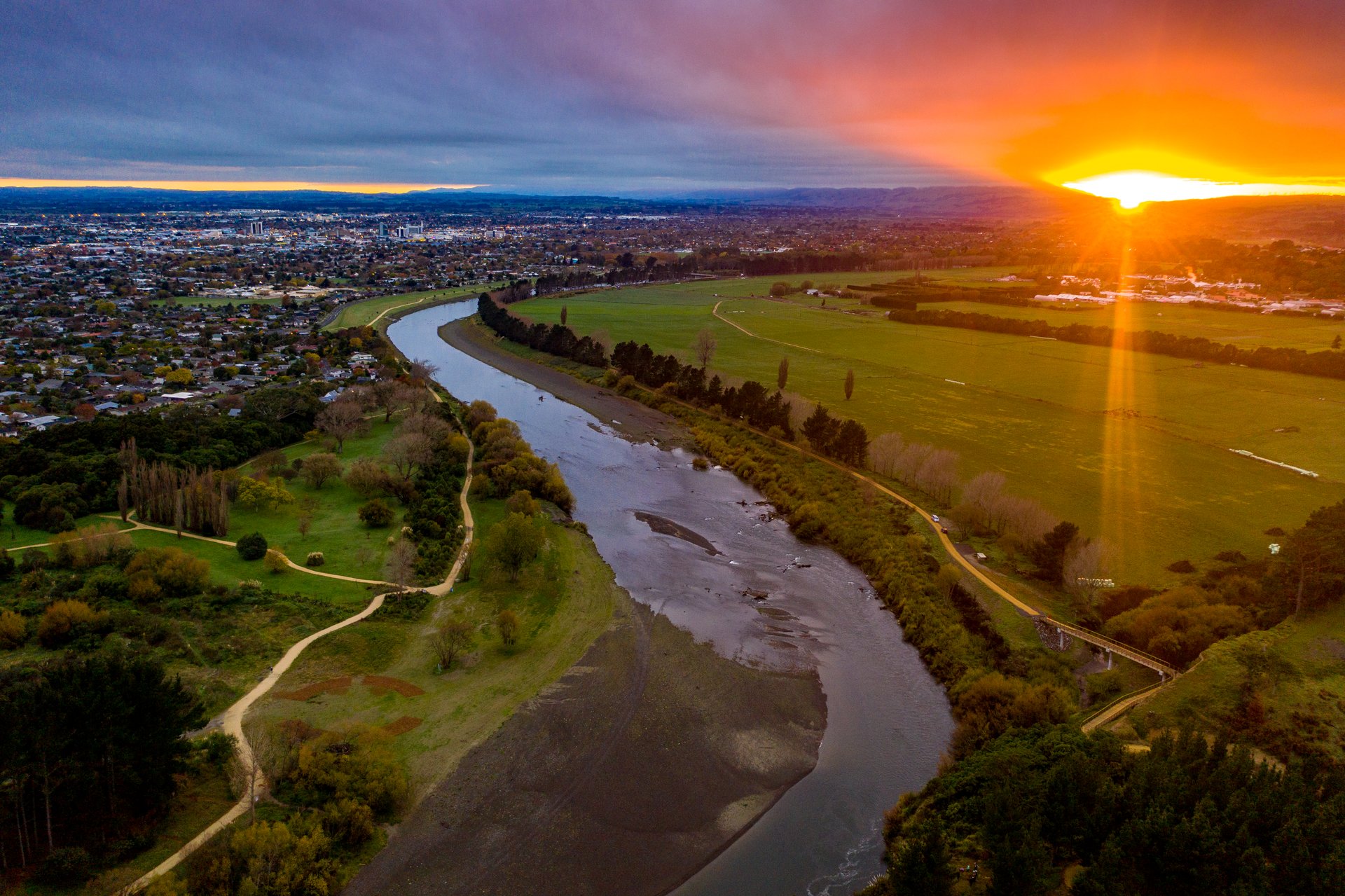
Following the Government announcement on Tuesday 11 August, New Zealand will move into Alert Level 2 at 12 noon on Wednesday 12 August. The only exception will be Auckland region, which will move into Alert Level 3.
This will mean different things to different businesses and sectors, with many of you already prepared for operations under Level 2. We've collated some of the key resources to support your business navigate the changes and precautions needed to operate safely. Businesses must take health measures to keep their workers safe, and ensure they're following the guidelines set out by Government and checking for updates on the national COVID-19.govt.nz site here.
For an overview of what workplace activities are permitted, and ways in which you can operate safely under Alert Level 2, COVID-19.govt.nz provides a clear guide and information for all types of businesses and sectors operating under each Alert Level. Businesses can continue to operate if they can do so safely, although alternative ways of working are encouraged where possible.
You'll also need to ensure your workplace has a QR code and poster for contact tracing, these are free and simple to create. You can do so here. It's also important to encourage your staff and customers to download and use the NZ COVID Tracer App, which is free to download from the Apple App Store or Google Play.
If your business has been impacted by COVID-19, make sure you're accessing the various types of support available to you. The Governments recent funding announcement provides additional support for businesses impacted by COVID-19, including HR and Employee Relations; Legal, Financial and Cashflow Management; Health and Wellness; Business Continuity Planning; Marketing Strategy; Digital Enablement Strategy and more. Further information on the criteria can be found here, or get in touch with our team of Business Growth Advisors for free support and guidance, and to start your business support journey.
Restaurants, cafes and bars that have dine-in customers must be able to seat all customers, with groups separated by 1 metre. Each group will need a single server where practical, and record keeping of both customers and workers is essential. It is worthwhile considering your current systems and processes should we move in to Level 3 i.e. delivery or pick up options, or online sales.
If you are an accommodation provider, be it a hotel or motel, bed and breakfast, hosted or self-contained accommodation it's important to familiarise yourself with the guidelines provided. These guidelines have been created by MBIE and the Accommodation forum, and provide a clear checklist of things to consider and action in your business.
It is essential that businesses work with their employees to ensure that those that are unwell do not come into their place of work, or in contact with other people. While Alert Level 2 means the disease is contained, it does mean there is increased risk of community transmission so it's important to have a plan in place to ensure adequate measures are in place if someone is unwell.
As we move between Alert Levels, and things continue to evolve, it's crucial that you control the visibility and messaging of your business and communicate with your customers or networks so they know how to access you or if they can. Here's some key areas to focus on:
For more information:
[email protected]
06 350 1830